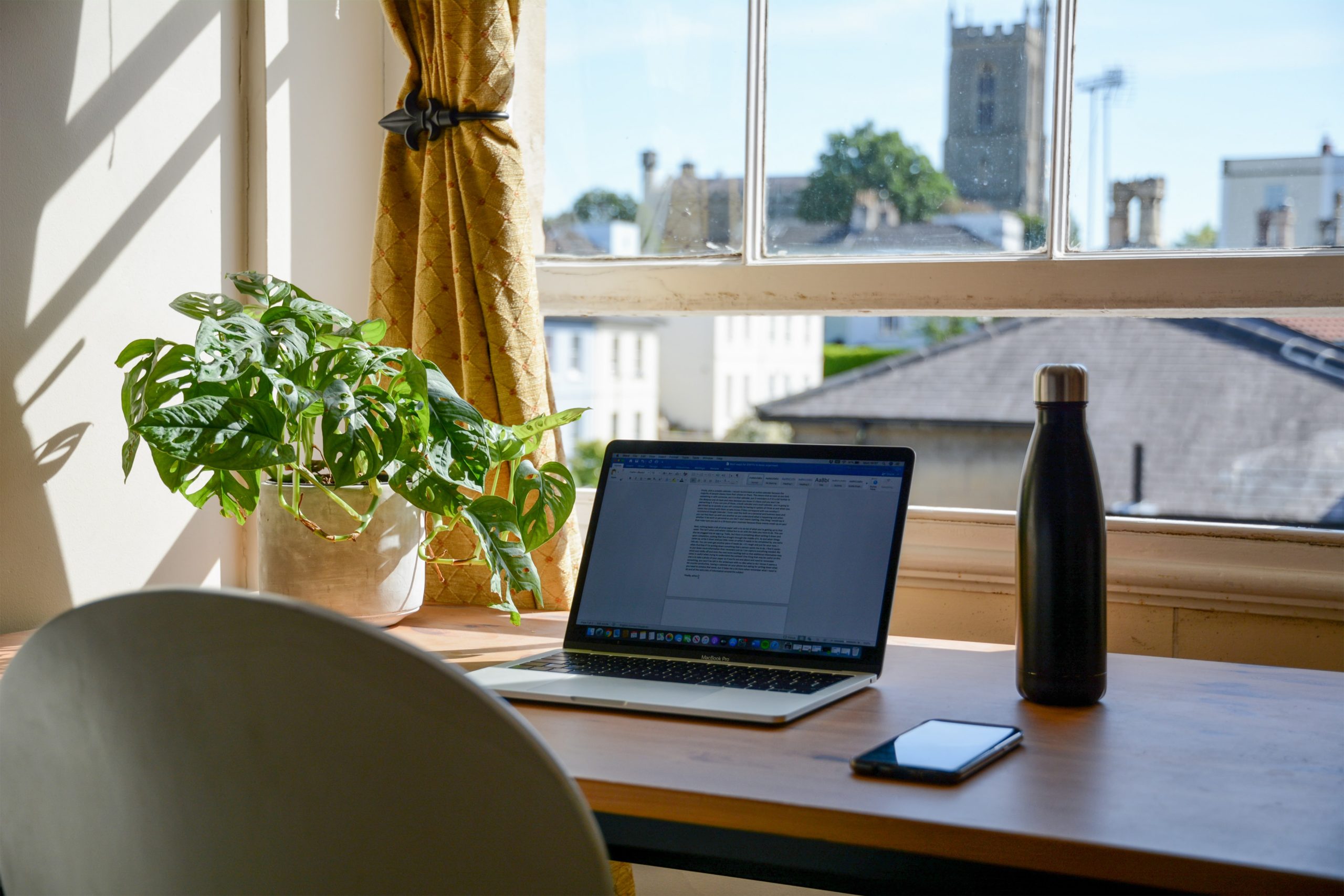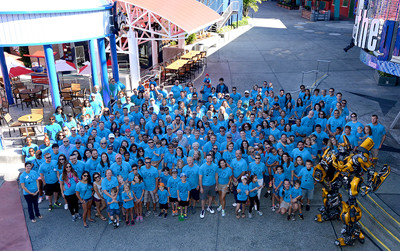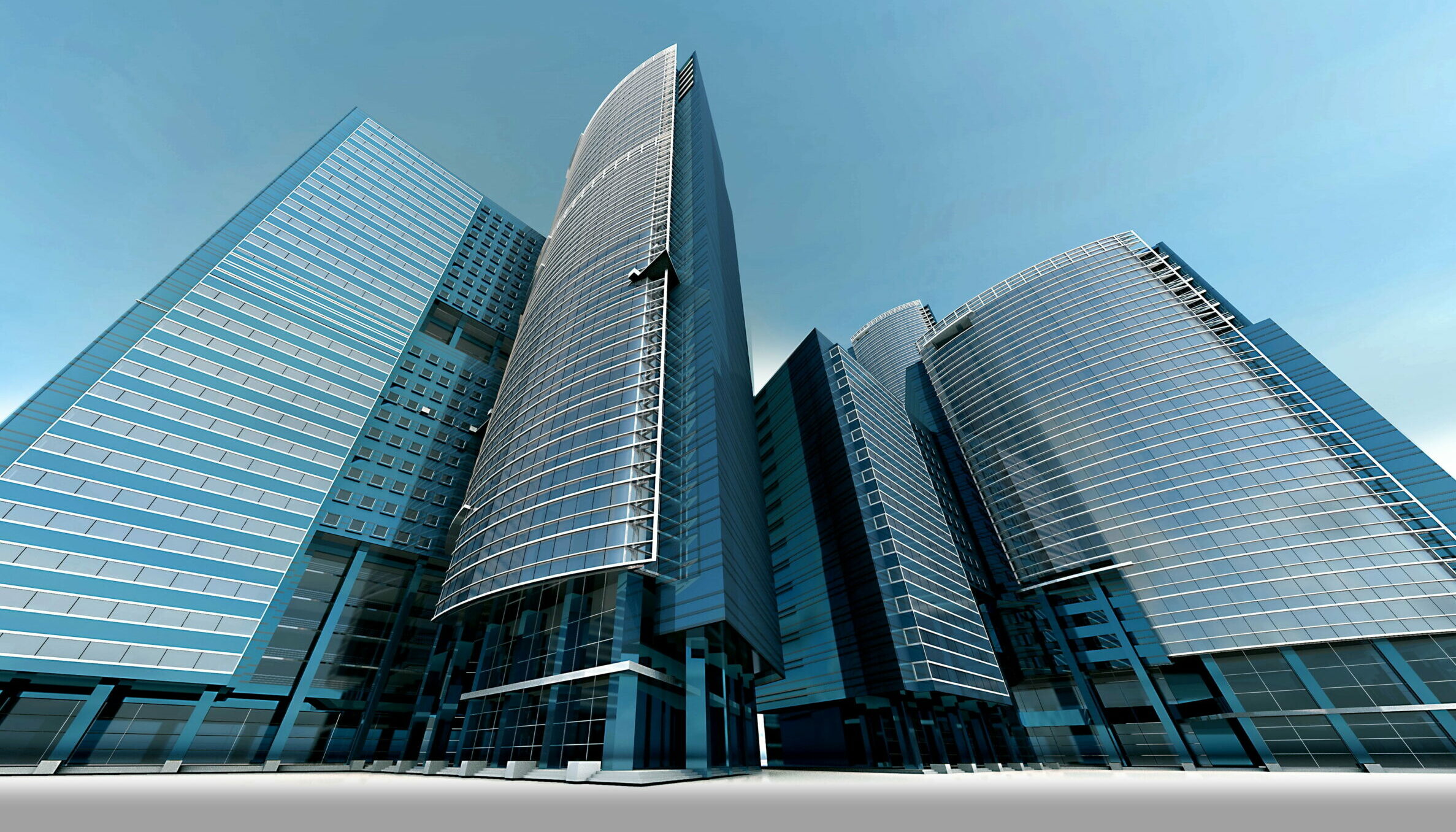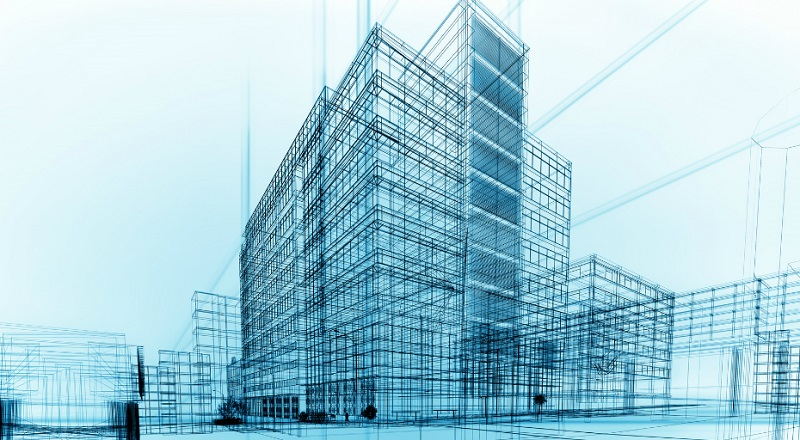
The Future of Construction and Development: Predictions and Priorities for 2021
The COVID-19 pandemic has changed the way we work, as we have moved from traditional office spaces to work from home. The pandemic has also impacted the construction and development industries, forcing developers and designers to reassess how to maximize usage of current spaces, and based on current trends, predict what types of spaces will be needed in the future.
On December 15, 2020, Willis Construction Consulting, a leading provider of construction cost management and consulting services, hosted a world-class panel to discuss the future of construction in our rapidly changing world and make their expert predictions for the priorities that will emerge as the most significant for construction professionals in 2021. The panel included:
Brad Tubbs: CEO and Owner of Willis Construction Consulting Inc.
Dana Muller: Project Manager and Technical Director for commercial buildings and higher education at Gensler
Frank Bosworth: Director of School of Architecture at the University of Florida
Jeff Suiter: Principal at EDSA in Fort Lauderdale leading the charge for the Southeast Caribbean team
How has your workplace changed since the COVID-19 pandemic?
Dana stated that while initially, some people had trouble concentrating, productivity overall has not suffered. Many employees appreciate the focus aspect of working from home but miss the collaboration and personal connection.
EDSA has found platforms like Microsoft Team and Zoom helpful. In fact, Jeff’s office noticed there was more interaction when employees were working from home. In September, EDSA arranged their office space to allow maximum social distancing and invited employees to return if they chose to. Jeff mentioned productivity didn’t slow down, which was a significant benefit for their team.
Frank’s opinion as an academic is slightly different. He said that Zoom is not ideal for teaching, but results from students have not drastically changed. Students will have the option to return to the classroom in Spring 2021, or can opt to continue studying remotely.
What will workplaces look like post-pandemic, and will they ever return to normal again?
In Dana’s opinion, there will be a move towards a hybrid workplace instead of the more traditional ones we’re used to. People are now saving time on commuting, and have adjusted to utilizing that time for more productive tasks. The goal is to give people the flexibility to come to the office when they need to feel a sense of community. Jeff added that people have adapted quickly and communication has been enhanced through Zoom, so companies would not want to see that go away.
Universities won’t return to 100% pre-COVID normal, according to Frank. What they have discovered during the pandemic is the ability and value of connecting with professionals nationwide and even globally. With this in mind, a blended teaching method is ideal for moving forward.
How is design work impacted by not returned to the office?
Physical spaces need to be larger, noted Frank, and accommodate a rotating faculty instead of everyone being in the office simultaneously. He added that this will have a deeper effect on urban areas where rents are higher.
Jeff has noticed that prior to the pandemic, they were worried if there was enough space in the office. Now it makes more sense to have flex space for people to easily come and go. The goal here is to create a more positive and flexible workflow.
Dana is anticipating that workplaces will require more technology for productivity and less desk space. Companies want to move away from an internal focus and towards increased collaboration with geographically diverse employees.
What will happen to the tourism, hospitality, and cruise industries?
According to Jeff, designers are now taking into consideration how the environment can have an effect on the interior space and are focusing on outdoor spaces that prioritize interacting safely. In terms of traditional tourism, well-established hotels and resorts that have been responsible for sanitizing and filtration during the pandemic, and that have advertised strategically, will bounce back. The same goes for airlines. He also stressed that we will see a higher demand for parks because they are already available and easy to develop.
Dana gave an example to Jeff’s point of a resort just north of Tampa that is partnering with city developers so they can include the park’s activities in their packages. The goal is to see an increase in community involvement.
Will climate change have an impact on the design, and how can we plan for future pandemics?
Climate change will have an impact on urban areas and public spaces. Frank pointed out that the way land is developed impacts climate change, and strategic decisions regarding materials and site placements can reduce energy consumption as well as the carbon footprint.
Dana spoke to Gensler’s efforts to reduce their carbon footprint. They launched an internal climate challenge in preparation for the next emergency with the goal of eliminating all net emissions associated with their work within a decade. To date, Gensler has eliminated 16 million tons of CO2 in buildings completed so far.
Both Jeff and Dana’s organizations are working towards partnering with universities for research purposes so they can take a more informed approach to design.
Have you seen a shift in your business model? If so, how has that affected your workplace?
Frank sees the pandemic as an opportunity to connect faculty and students for professional opinions and guidance. His hope is that it will foster a more positive, vibrant environment.
Jeff is taking a look at what EDSA has done over the past 60 years since it started while focusing on areas that need improvement. He believes in a forward-thinking approach to design and maintain a healthy work-life balance.
Gensler is very client-focused, but the one aspect that has changed is that the employees who are passionate about research are now able to expand on their passion and share the findings with others.
There has been a shift in the workplace where people are retraining. Is the void they leave an issue for your company’s operations?
Jeff has seen redundancies in the past during recessions when people re-train themselves. The challenge is to keep people in the workforce and fill those gaps. EDSA has a strong outreach program for students and hires between 15 and 25 interns every year. This is because they want to ensure they are a good fit for the interns and visa versa.
According to Frank, the University of Florida is offering special concentrations in design programs, like sustainable architecture and computational design, which would bring more expertise than a general education. He is noticing that companies now clearly communicate with universities about what they need, and the universities respond by creating the necessary programs.
What are some strengths and weaknesses you notice in students of this generation?
As an academic, Frank notices that his students are working well towards critical thinking but need to improve their writing skills. On a similar note, Dana shared that while students sometimes struggle to communicate their thoughts, they often possess a strong entrepreneurial spirit. The panel agreed that while students are now getting more value from their education, they are lacking in the social aspect, which is why having traditional brick and mortar schools in some form are still important.
Will businesses decide to cut down on office space, or will it be completely eliminated?
Frank noted that there is already a shift for larger housing to accommodate people working remotely and extended families. This is not ideal for new office construction but is the way workplaces are heading.
Dana envisions a working environment where people will still go to the office but will be given more flexibility and technology for collaboration. People will also want to have their privacy within an open office space to prevent it from becoming too crowded. The traditional workplace will still be there, it will just be an improved version for increased productivity, safety, and employee happiness.
Image credit: Photo by Mikey Harris on Unsplash



